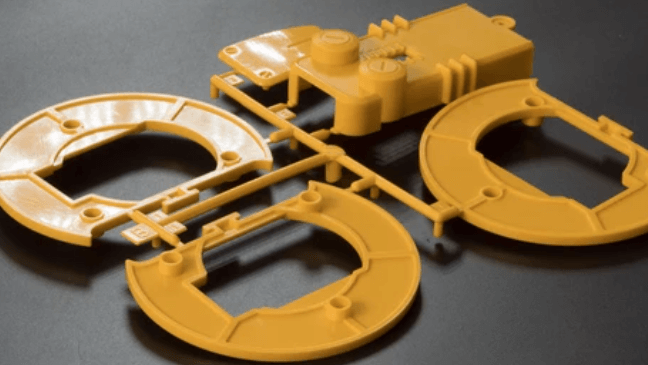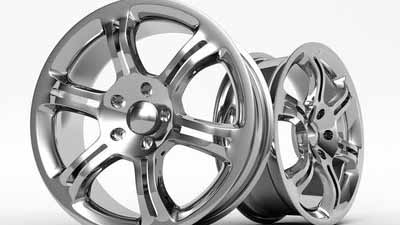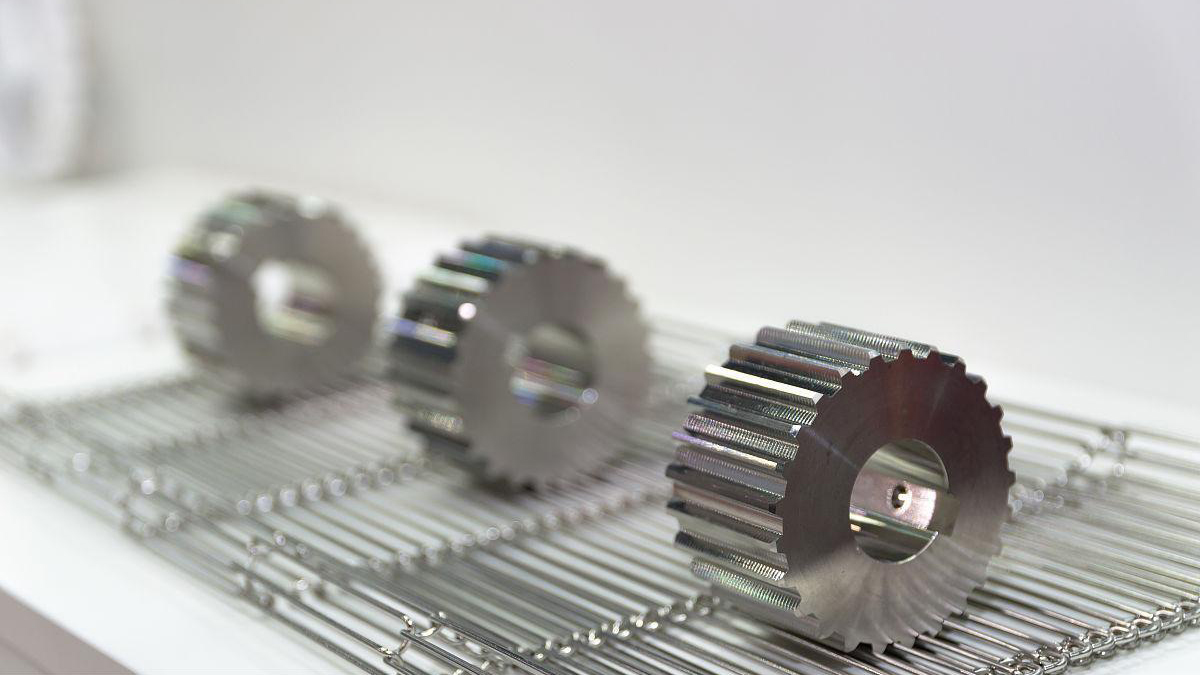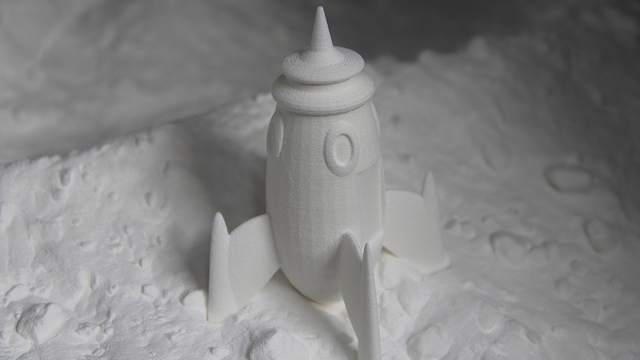










Professional
Terminology in 3D Printing Prototyping
1. Core 3D Printing & Prototyping Terms
|
Term |
Definition |
|
3D Printing |
A process of
creating three-dimensional objects by adding material layer by layer, based
on a digital model. Also known as Additive
Manufacturing (AM). |
|
Additive Manufacturing (AM) |
The broader
technical term for 3D printing; building objects by adding material rather
than subtracting it. |
|
Rapid Prototyping (RP) |
The fast
fabrication of a physical model or part using 3D printing or other
techniques, primarily for testing design concepts. |
|
Prototype |
An early sample
or model of a product built to test a concept or process. In 3D printing, it
can be functional or non-functional. |
|
Iterative Design |
A cyclical
process of prototyping, testing, analyzing, and refining a product design. 3D
printing enables fast iterations. |
|
Part Geometry |
The shape,
structure, and complexity of the 3D model being printed. |
|
Layer Height |
The thickness of
each individual layer of material deposited by the 3D printer; affects
resolution and print speed. |
|
Infill |
The internal
structure of a 3D printed part, usually a grid or honeycomb pattern, which
determines part strength and material usage. |
|
Support Structures |
Temporary
structures printed to support overhanging features during the build process;
usually removed after printing. |
|
Overhang |
A part feature
that extends horizontally or at an angle without underlying support, often
requiring supports. |
|
Print Bed / Build Plate |
The flat surface
where the 3D object is printed; must remain level and properly adhered for
successful prints. |
|
Raft / Brim / Skirt |
Additional
structures printed around or under the main model to improve adhesion or
stability. |
2. 3D Printing Technologies
|
Term |
Definition |
|
FDM (Fused Deposition Modeling) |
A common 3D
printing method where a thermoplastic filament is melted and extruded through
a nozzle, layer by layer. |
|
SLA (Stereolithography) |
A resin-based 3D
printing process that uses a laser to cure liquid photopolymer resin into
solid layers. Known for high detail. |
|
DLP (Digital Light Processing) |
Similar to SLA
but uses a digital light projector for curing resin; faster than traditional
SLA for some applications. |
|
SLS (Selective Laser Sintering) |
A powder-based
process where a laser sinters (fuses) powdered material (usually nylon) to
create solid layers. |
|
SLM / DMLS (Selective Laser Melting / Direct Metal
Laser Sintering) |
Metal 3D
printing technologies that use lasers to fuse metal powders together, often
used for industrial prototypes. |
|
Binder Jetting |
A process where
a liquid binding agent is selectively deposited to join powder particles
(metal, sand, etc.). |
|
PolyJet |
A high-detail
inkjet-based process that jets layers of liquid photopolymer and cures them
with UV light; capable of multi-material and color printing. |
|
MJF (Multi Jet Fusion) |
A powder-bed
fusion technology (by HP) that uses fusing and detailing agents to produce
functional nylon parts with good detail and strength. |
3. Materials Related Terms
|
Term |
Definition |
|
Filament |
The spooled
thermoplastic material used in FDM 3D printing (e.g., PLA, ABS, PETG). |
|
Resin |
Liquid
photopolymer used in SLA, DLP, and similar resin-based 3D printing processes. |
|
Powder (Printing Powder) |
Fine material
(plastic, metal, or ceramic) used in SLS, SLM, Binder Jetting, etc. |
|
Thermoplastic |
A type of
plastic that becomes pliable when heated and solidifies upon cooling;
commonly used in FDM. |
|
Engineering Materials |
High-performance
filaments or powders with specific mechanical properties (e.g., Nylon, PETG,
TPU, PC). |
|
Functional Material |
Material chosen
for its specific physical properties such as strength, flexibility, heat
resistance, or biocompatibility. |
|
Biocompatible Material |
Material safe
for contact with the human body, used in medical prototyping (e.g., certain
resins or titanium). |
4. Design & Pre-Processing Terms
|
Term |
Definition |
|
CAD (Computer-Aided Design) |
Software used to
create precise 3D models (e.g., SolidWorks, Fusion 360, AutoCAD). |
|
STL File (Stereolithography File) |
The standard
file format for 3D printing, representing the surface geometry of a 3D model
using triangles. |
|
OBJ File |
A 3D model file
format that includes both geometry and texture information; sometimes used in
3D printing. |
|
Slicing Software |
Software that
converts a 3D model into G-code instructions for the 3D printer by slicing it
into layers (e.g., Cura, PrusaSlicer, Simplify3D). |
|
G-code |
The machine
language that 3D printers read to execute the print job; generated by slicing
software. |
|
Wall Thickness |
The minimum
thickness of the outer surfaces of a 3D model; too thin may cause structural
failure. |
|
Clearance |
The intentional
space between moving or assembled parts to ensure they function correctly. |
|
Tolerance |
The allowable
limit of variation in a physical dimension; critical for functional parts. |
5. Post-Processing & Finishing Terms
|
Term |
Definition |
|
Post-Processing |
Any treatment
applied to a 3D printed part after printing to improve appearance, strength,
or functionality. |
|
Support Removal |
The process of
taking off support structures after printing. |
|
Sanding |
Smoothing the
surface of a print, often in preparation for painting or finishing. |
|
Priming & Painting |
Applying primer
and paint to improve aesthetics or simulate final product appearance. |
|
Polishing |
Smoothing and
shining the surface, often used with resin prints. |
|
Curing |
Hardening a
resin or printed part using UV light (common in SLA/DLP). |
|
Heat Treatment |
Applying heat to
improve mechanical properties, especially in metal or nylon prints. |
|
Surface Finish |
The texture,
smoothness, or visual quality of the printed part’s exterior. |
6. Quality & Performance Terms
|
Term |
Definition |
|
Resolution |
The level of
detail a 3D printer can achieve, often defined by layer height and X/Y axis
precision. |
|
Accuracy |
How closely the
printed part matches the intended dimensions of the 3D model. |
|
Tolerancing |
The expected
variation in size that is acceptable for the part to function correctly. |
|
Warping |
A common FDM
issue where the part distorts due to uneven cooling or temperature changes. |
|
Anisotropy |
The property of
a 3D printed part having different mechanical strengths depending on the
direction of the layers. |
|
Porosity |
Small voids or
gaps within a printed part, often in metal or SLS prints, which can affect
strength. |
|
Dimensional Accuracy |
The closeness of
a manufactured part’s dimensions to those intended in the design. |
7. Industry & Application Terms
|
Term |
Definition |
|
Functional Prototype |
A prototype that
is designed to be tested for real-world use, including mechanical or thermal
performance. |
|
Visual Prototype |
A prototype
created mainly for appearance, form, and aesthetics, not necessarily for
function. |
|
Proof of Concept (PoC) |
A prototype used
to demonstrate the feasibility of an idea or design. |
|
Low-Volume Production |
Manufacturing a
small number of units, often using 3D printing for cost-effective
customization. |
|
On-Demand Manufacturing |
Producing parts
only when needed, often enabled by digital 3D printing workflows. |
|
Digital Inventory |
Storing product
designs digitally and manufacturing parts via 3D printing as needed, reducing
warehousing. |
Bonus: Commonly Used Verbs & Actions in
3D Printing Workflows
|
Action |
Description |
|
Slice |
To divide a 3D
model into layers for printing using slicing software. |
|
Print / Print Job |
The act of
producing a physical object using a 3D printer. |
|
Generate G-code |
Creating machine
instructions from a 3D model for the 3D printer. |
|
Calibrate |
Adjusting the
printer settings or bed to ensure accurate prints. |
|
Adhere |
Ensuring the
first layer of the print sticks well to the print bed. |
|
Post-Cure |
Additional
curing process (often with UV light) to fully harden resin parts. |
Summary
Understanding
these professional 3D printing prototyping terms will help
you: